One of the most unique mammals on our planet is echidna.
This animal belongs to the family Tachyglossidae. Habitats of this animal are Australia, New Guinea, and islands in the Bassa Strait. Echidna is very similar to a mixture of hedgehog and porcupine but has nothing to do with these animals. The closest animals to echidna are duckbills. The menu of the animal includes ants, termites, clams, and worms. There are other interesting facts about echidnas.
After the baby hatching from the egg, he travels for 8 weeks in his mother’s bag and eats milk, which is licked directly from wool. After a while, the echidna digs a hole for the baby and takes care of him until he is ready to live independently. We have collected for you the most interesting facts about echidnas.
7 facts about echidnas
- Echidna has no teeth. The muzzle of the animal is similar to a beak and ends with a mouth with a long tongue, which makes more than a hundred movements in a minute.
- Despite its awkwardness, it floats perfectly.
- Echidna belongs to the subclass of Prototheria – mammal and Synapsid.
- In case of danger, the echidna digs a hole, and hides, leaving only needles outside. In case of danger, the animal can wrap itself in a tangle, but it becomes more vulnerable because part of the abdomen remains open.
- Echidnas lay only one egg during the whole marriage period. It has a soft coating. The female carries an egg in a bag no more than 10 days.
- The cub of the echidna is under the mother’s care until 7 months.
- For body cooling the echidna spreads needles, thus getting rid of excess heat.
Top 3 most interesting facts about echidnas
- Echidna has the lowest blood temperature among mammals. In critical conditions, the animal lowers its temperature to 4 degrees and its breathing rate to 1 in 3 minutes.
- For better rubbing of food in the stomach, the echidnas swallow stones. In addition to this function, the extra weight helps to control the body while swimming.
- The marriage ceremony of the echidnas lasts about a month. All this time, the males follow the female goose.
Despite its frightening appearance, the echidna is a cute and inquisitive animal, which is easy to tame. Each individual has its territory, which it zealously protects. The stronger the animal, the larger the area it controls. In the wild, the animal’s life span does not exceed 17 years. In captivity, individual specimens lived 50 years. Echidnas are protected by law, and hunting for them is prohibited.
Did you like interesting facts about echidnas? Share it with your friends.
Facts About Echidnas
Echidnas, also known as spiny anteaters, are quill-covered monotremes. They are members of the Tachyglossidae family. The echidna is one of only four species of monotremes that lay eggs. Only the platypus lays eggs. In fact, echidnas have the highest reproductive rate of any living mammal.
While they have relatively small bodies, echidnas have very large brains compared to their size. In fact, their neocortex is 80% larger than the brain of a human. Most mammals have a 30% brain, while the echidna’s neocortex makes up 50% of the animal’s brain. While echidnas are shy, their spines are still more powerful than a dog or cat.
Some of the interesting facts about echidna’s behavior are fascinating. These animals are very fast and accurate at detecting electrical signals. They are also able to identify insects quickly and easily. They keep their bodies at a temperature of between 89 and 32 degrees F, which makes them rare to find. The echidna’s snout contains between 400 and 2,000 electroreceptors. This makes it one of the fastest predators on the planet.
Because of their stout spines and coarse fur, echidnas are often called ecosystem engineers. They spend most of their time digging, moving 200 cubic meters of soil per year. This prevents run-off and erosion, which is beneficial to plant growth. The echidna is an important part of Australia’s wildlife, and it is easy to understand why.
There are many interesting facts about echidna, including their spiky teeth. As a result, you should never try to touch an echidna without the proper permission of your boss. The spiky skin on echidnas also makes them attractive. In contrast to humans, echidnas are nocturnal and do not have a strong sense of smell.
The echidnas have the second-lowest body temperature of any mammal. They are warm-blooded mammals, which means they are able to breed in the wild. The species lives in Australia, but it is not native to Australia. It can be found in a variety of habitats, including the desert. It is common in both areas, including the southeastern United States.
In addition to their spiky skin, echidnas are warm-blooded, so they are classified as mammal species. Though they resemble reptiles, they are warm-blooded mammals that produce milk for their young. Although echidnas are not generally seen as pets, echidnas are an important part of the Australian economy and have many important benefits.
Apart from being an important part of South Australia’s ecosystem, echidnas also play an important role in the conservation of their habitat. They are considered to be a threatened species and have been eradicated from the island. However, there are many ways to protect echidnas. For example, you can take a photo of the animal, which helps protect the echidnas and prevent stray cats.
An echidna is a monotreme, or warm-blooded, mammal. They look like reptiles, but they are warm-blooded, and their milk contains all the necessary nutrients for their young. They have an incredible ability to adapt to extreme temperatures, and they have adapted to survive in the wild. Its long-lived males are more likely to live for many decades.
The echidna is warm-blooded and has the lowest body temperature of all mammals. They have separate territories for each individual echidna, and the stronger echidnas have larger territories. The echidna lives for about 17 years in the wild, but it can survive for 50 years in captivity. It is also protected by law.
The echidna’s penis is four-headed, and the male has two large heads during mating. The male then alternates between these two heads, shutting down the other two for the duration of the mating process. An echidna’s head is the only mammal species to lay eggs. Despite being a mammal, echidnas have an amazing sense of smell.
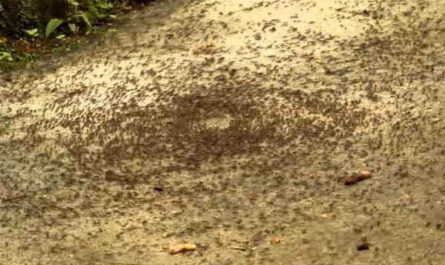
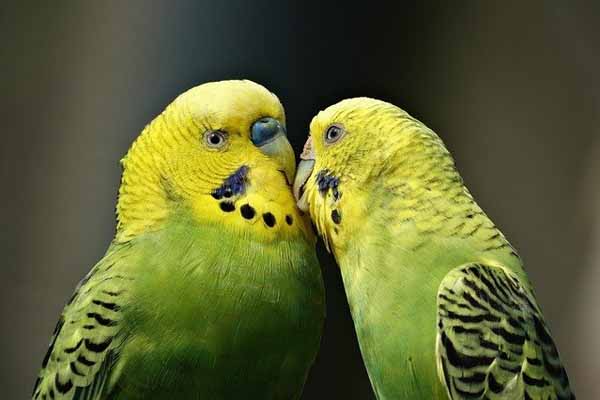

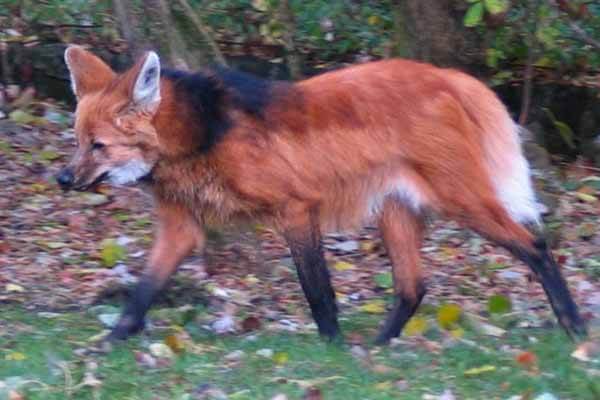
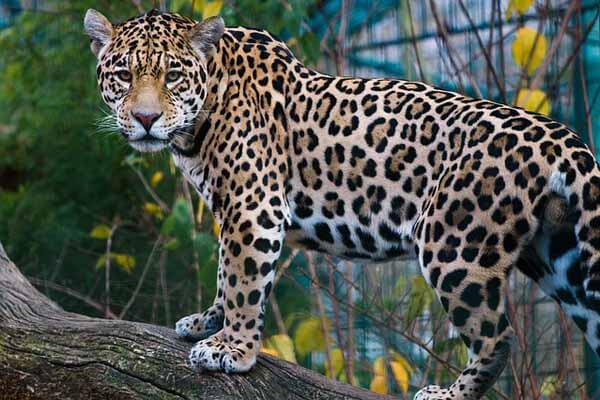
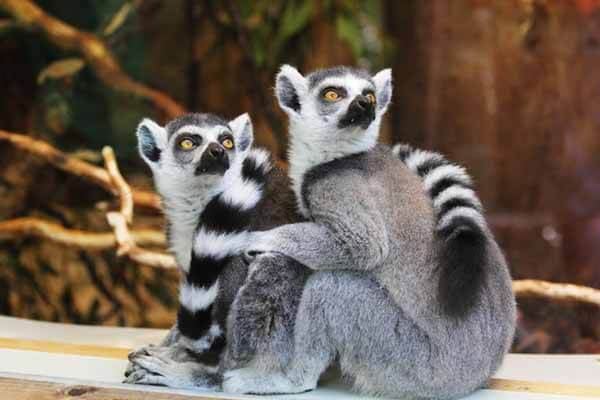

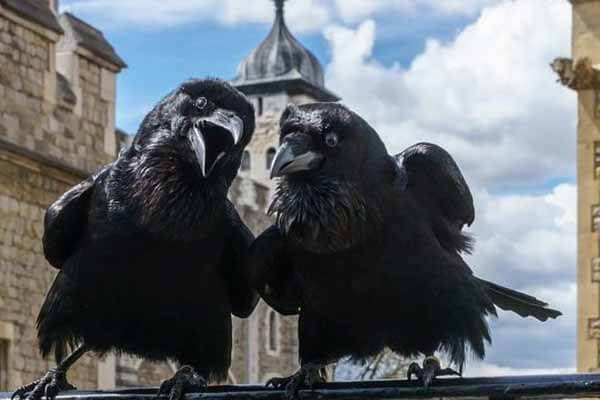
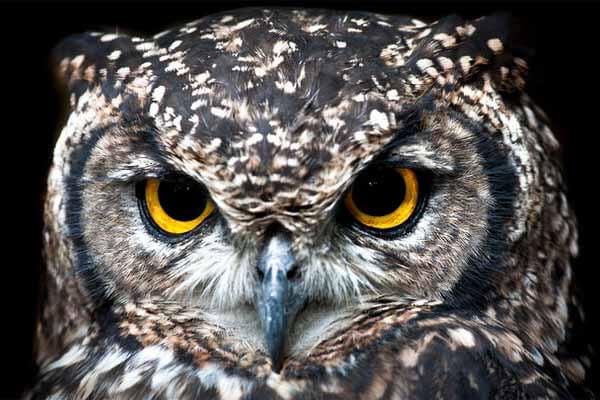
Thank you for the article! Such interesting and amazing echidna facts!